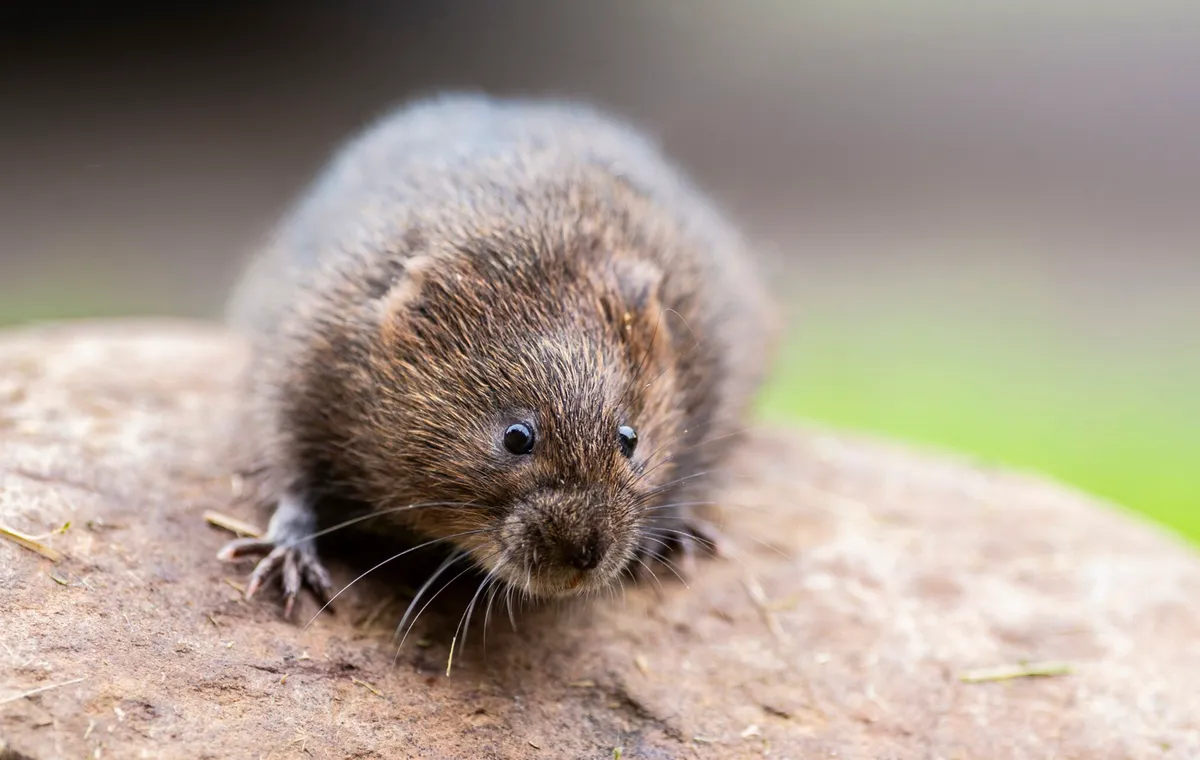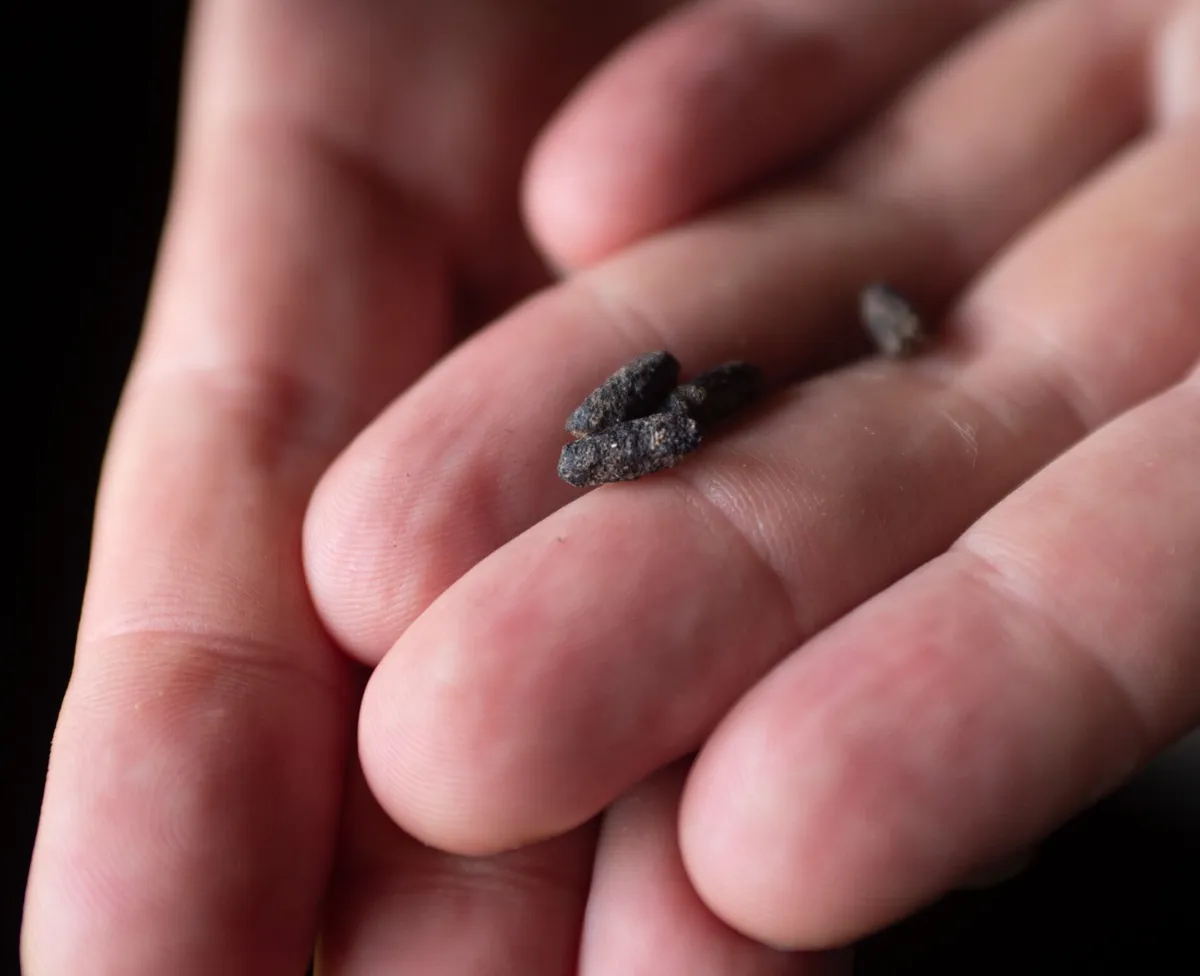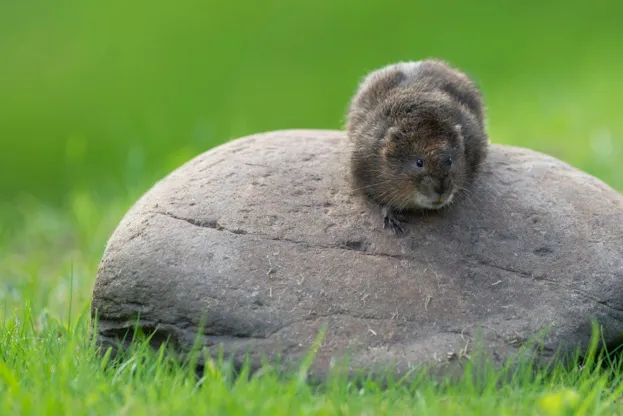The water vole is the fastest declining land mammal in Britain, but is being given a helping hand through a number of reintroduction projects.
The latest reintroduction is taking place at the National Trust’s Holnicote Estate, which consists of more than 50km2 of mixed habitats in west Somerset.
150 captive-bred water voles are being released at six locations on the estate, the first of these mammals to live there for more than three decades.
“I remember being enchanted by these creatures as a child, and hugely welcome their return,” says Alex Raeder, the National Trust’s South West conservation manager.
“They were once a vital part of the Holnicote ecosystem, and could be again. This ambitious project not only brings back to its rightful home a much-loved small animal, which sadly became locally extinct due to human activity, but also adds to the whole wealth of wildlife and enjoyment of this wild and stunning estate.”

The voles were bred in captivity by Derek Gow Consultancy, which has reintroduced water voles across the country, including south Wales and the Yorkshire Dales.
The reintroduced voles are being released in sibling groups and pairs, and will be monitored by the Estate’s rangers, ‘vole-unteers’, students and the public.
As well as actual sightings and the ‘plopping’ sounds as they dive into the water, their presence and behaviour can also be recorded through their droppings, vole runs, burrows and the distinctive way in which they eat grass (nibbled at 45 degree angles).

Prior to the voles’ release, the National Trust monitored the river and surrounding streams for mink, a non-native species that preys on water voles and is one of the main causes for the species’ decline.
Other factors for the voles’ decline include the degradation, fragmentation and loss of habitat due to farming intensification and urbanisation after World War II.
The reintroduction is part of the National Trust’s Riverlands project, which aims to restore and revive the following five rivers across England and Wales: Conwy (north Wales), Derwent (Cumbria), Upper Bure (Norfolk), Bollin (Cheshire) and Porlock Vale streams (Somerset).
“This project will create new and enhanced wetland and woodland, a greater abundance of wildlife such as the water voles, and a reduction in flood risk for the community and for visitors to Exmoor," says Ben Eardley, National Trust project manager for Porlock Vale Streams.
“We’ll work closely with local people and together understand the importance of these rivers to all of us, while providing long-term care for the complete catchment.”

